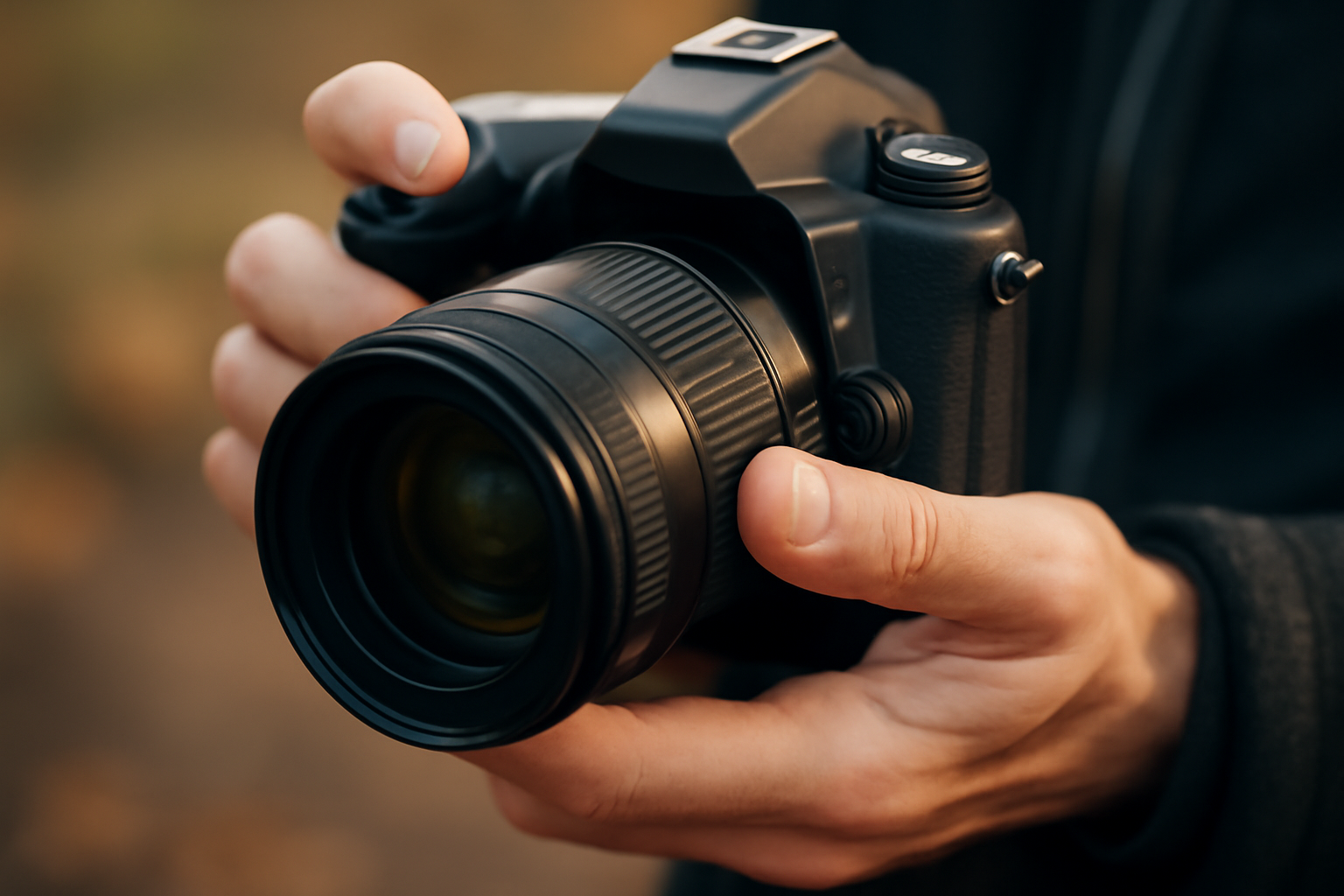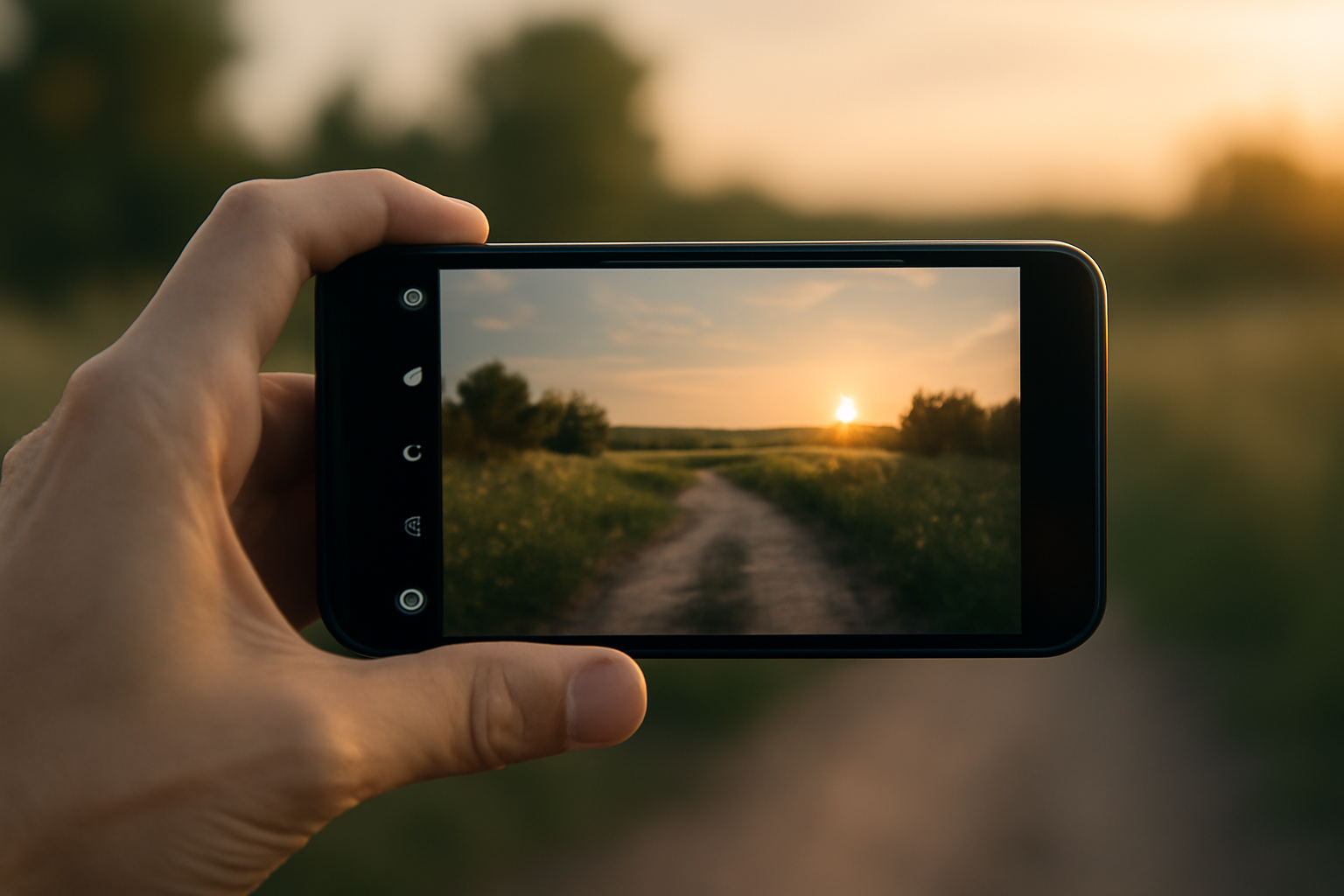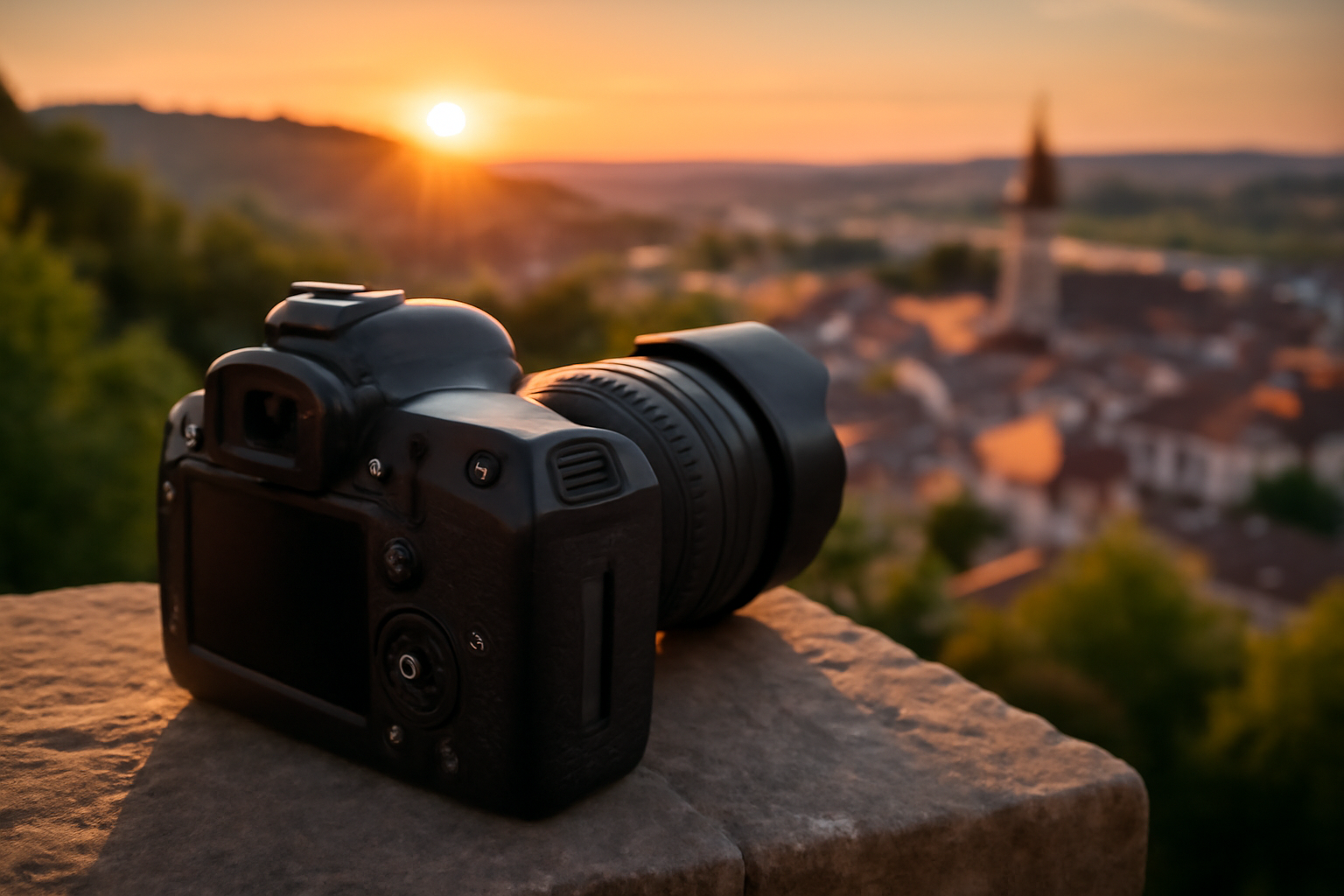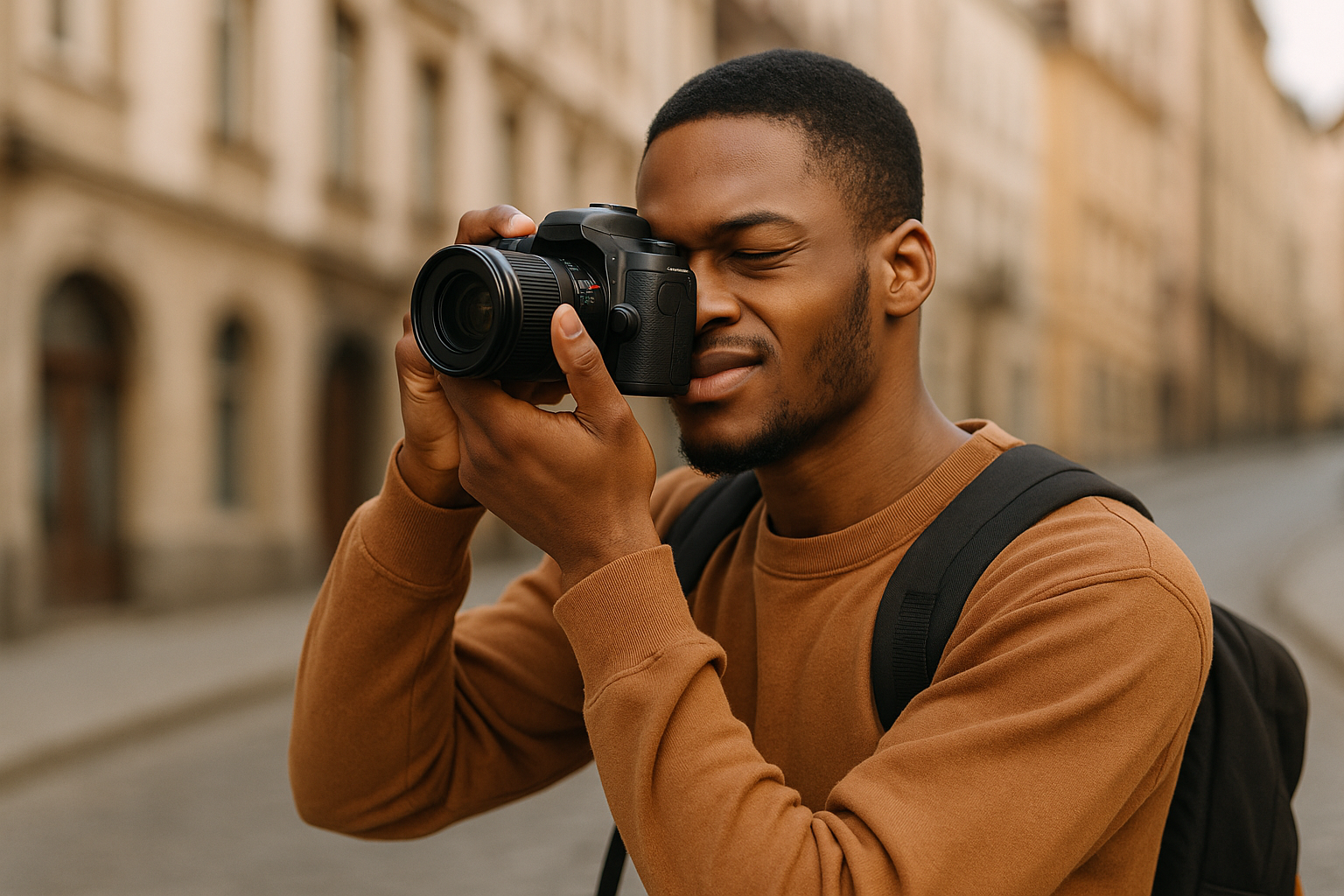Photography and social media have become inseparable. Not long ago, photographers needed galleries, magazines, or word-of-mouth to share their work. Today, a single post can reach thousands—or even millions—of people. Platforms like Instagram, TikTok, and Pinterest aren’t just tools for entertainment; they’re digital stages where photographers can build careers, communities, and creative voices.
But here’s the thing: social media is noisy. Everyone is posting. Everyone is competing for attention. The challenge is not just sharing photos but sharing them strategically, so your work stands out and actually serves your goals. Whether you want clients, followers, or simply a place to express your vision, learning to use social media to your advantage can transform your photography journey.
Why Social Media Matters for Photographers
Social media is more than self-promotion. It’s a place to:
- Build an audience for your work
- Connect with other creatives
- Find potential clients
- Learn from feedback and trends
- Share your story beyond just the images
For beginners, it’s like having a free online gallery. For professionals, it’s a marketing powerhouse. The question isn’t whether photographers should use social media—it’s how to use it effectively.
Step 1: Choose the Right Platforms for Your Style
Not all social media platforms serve photographers equally. Picking the right one depends on your goals.
- Instagram: Still the go-to for photographers. Great for portfolios, networking, and reaching clients. Its focus on visuals makes it ideal for sharing both polished posts and behind-the-scenes stories.
- TikTok: Perfect for photographers who want to showcase process videos, editing tricks, or creative challenges. Short, engaging clips can go viral quickly.
- Pinterest: A hidden gem for photographers specializing in weddings, lifestyle, or design. People use Pinterest to plan events or collect inspiration, which means your images can directly influence decisions.
- Facebook: Not as trendy, but still powerful for local business promotion, community groups, and older audiences.
- YouTube: If you enjoy teaching or storytelling, long-form video can build deeper trust and authority.
Tip: Don’t try to dominate every platform at once. Choose one or two that align with your strengths and focus your energy there.
Step 2: Optimize Your Profile Like a Digital Business Card
First impressions count, especially online. Your social media profile should act as a professional introduction.
Essentials:
- Profile photo: Use a clear headshot or logo.
- Bio: In one or two sentences, explain what kind of photography you do and who you do it for. Example: “Portrait photographer helping creative professionals shine in front of the camera.”
- Link in bio: Direct people to your website, portfolio, or contact form. Tools like Linktree or Beacons can help if you have multiple links.
- Highlights or pinned posts: Showcase your best work, testimonials, or behind-the-scenes content.
Think of it as your storefront. When someone lands there, they should immediately understand your style and purpose.
Step 3: Post With Consistency and Intention
It’s not about posting every day—it’s about showing up regularly and with intention. Consistency builds trust. Intention builds impact.
Tips:
- Create a posting schedule you can actually maintain (e.g., three posts per week).
- Mix polished portfolio pieces with behind-the-scenes moments.
- Use stories or reels to show your personality.
- Share captions that give context: tell the story behind the photo, the emotion, or the lesson.
Remember, people connect with people. If your feed feels too robotic or impersonal, it won’t resonate.
Step 4: Share the Process, Not Just the Product
Clients and followers love seeing the “how” behind your work. Posting only finished photos can make your feed feel distant. Showing the process adds relatability and trust.
Examples of process content:
- Before-and-after edits
- Behind-the-scenes shots of a photoshoot
- Camera settings and why you chose them
- Quick tips or lessons learned
- Candid moments during shoots
This doesn’t just showcase your skills—it makes your audience feel part of the journey.
Step 5: Use Captions to Add Depth
Your photos are the hook, but your captions build connection. Don’t underestimate the power of words.
Instead of writing:
“Shot with a 50mm, f/1.8, ISO 200.”
Try:
“She laughed the entire time during this shoot, and this was the exact moment she said something that made us both cry with laughter. It’s not technically perfect, but it’s one of my favorites.”
This type of caption invites people into your story. It humanizes your work. Technical details are fine occasionally, but emotion is what keeps people coming back.
Step 6: Leverage Hashtags and Keywords
Hashtags and keywords are like road signs that help people discover your work.
For Instagram:
- Use a mix of broad (#portraitphotography) and niche (#nycbrandphotographer).
- Add location-based hashtags if you’re trying to attract local clients (#seattlephotographer).
- Rotate your hashtags—don’t copy-paste the same list every time.
For Pinterest:
- Use descriptive titles and tags (“Rustic outdoor wedding photoshoot ideas”) to show up in search.
For TikTok and YouTube:
- Keywords in captions, titles, and descriptions help algorithms recommend your content to the right people.
The trick is balance: use hashtags strategically, not spammy.
Step 7: Engage, Don’t Just Broadcast
Social media is a two-way street. If you only post but never engage, you’ll struggle to grow.
Ways to engage:
- Reply to comments with genuine responses.
- Comment thoughtfully on other photographers’ posts.
- Use polls, questions, or quizzes in stories to spark interaction.
- Join photography communities or niche groups.
The more you connect, the more the algorithm rewards you, and the more your audience feels valued.
Step 8: Showcase Testimonials and Social Proof
People trust people. Sharing client testimonials, reviews, or user-generated content adds credibility.
Ideas:
- Post screenshots of happy client messages (with permission).
- Share a side-by-side: “Client’s first time in front of the camera” vs. the final photo.
- Highlight repeat clients or collaborations.
Social proof doesn’t just show that you’re skilled. It shows that you’re trustworthy.
Step 9: Experiment With Different Formats
Each platform offers multiple content formats—don’t limit yourself.
For Instagram:
- Feed posts for polished work.
- Stories for casual, daily updates.
- Reels for trending, shareable content.
- Carousels for step-by-step guides or storytelling sequences.
For TikTok:
- Short clips of editing tricks or transformations.
- Behind-the-scenes videos with popular audio.
- Creative challenges that show personality.
Experiment, analyze what works, and double down on what resonates with your audience.
Step 10: Don’t Compare Your Growth to Others
Comparison is the thief of joy, especially on social media. It’s easy to feel discouraged when another photographer has thousands of followers while you’re just starting.
Remember:
- Followers don’t always equal clients.
- Slow growth with real engagement is better than fast growth with empty numbers.
- Everyone’s path looks different.
Focus on building an authentic presence, not chasing vanity metrics.
Step 11: Learn to Balance Authenticity and Branding
One challenge photographers face is balancing personal authenticity with professional branding. You don’t have to share every detail of your life, but letting your personality shine makes your feed memorable.
Ask yourself:
- What parts of me align with my brand?
- What stories do I want to tell about myself as a photographer?
- What boundaries do I need to set?
For example, if you’re a family photographer, sharing stories of your own family life might resonate. If you’re a commercial photographer, you might focus more on your process and professionalism.
There’s no one right answer—only what feels real to you.
Step 12: Track Your Analytics and Adjust
Most platforms give you free analytics. Pay attention to:
- Which posts perform best
- What times your audience is most active
- Which captions or hashtags attract engagement
Instead of guessing, let data guide your strategy. Over time, you’ll see patterns and learn what your audience values most.
Step 13: Use Social Media as a Portfolio, Not Just a Hobby
Even if you don’t consider yourself a professional, treat your feed like a portfolio. Curate your posts. Show your best work. Think about the impression a potential client might get when scrolling.
But don’t forget the human touch. A portfolio that feels cold won’t connect. Blend professionalism with personality.
Step 14: Collaborate With Other Creatives
Social media makes it easy to collaborate. Partnering with other photographers, models, stylists, or small businesses can expand your reach.
Examples:
- A styled shoot with a local florist, shared on both accounts.
- A portrait trade with a fellow photographer.
- A mini-campaign for a local coffee shop.
Collaboration not only gives you content to post—it introduces your work to new audiences.
Final Thoughts: Use Social Media as a Tool, Not a Trap
Social media can be empowering, but it can also be exhausting if you approach it the wrong way. The key is to see it as a tool. A place to share your vision, connect with people, and grow your presence. Not as a place where likes define your worth.
Post consistently, engage genuinely, and let your personality show. Social media won’t make you a great photographer. But it can help you share your greatness with the world.
And that’s the real advantage.








